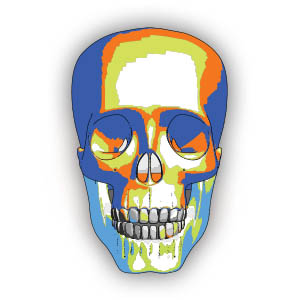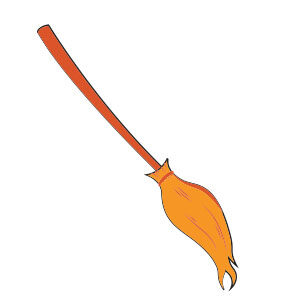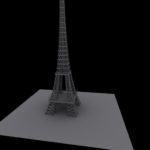In humans, as in other mammals, the aforementioned division of the skull into the cranium and mandible is not usually followed. Instead, for the purposes of describing their anatomy and enumerating their bones, mammalian and human skulls are divided differently: They are deemed to consist of two categorical parts, the neurocranium and the viscerocranium.
The neurocranium (or braincase) is a protective vault surrounding the brain. The viscerocranium (also splanchnocranium or facial skeleton) is formed by the bones supporting the face. Both parts have different embryological origins.


















